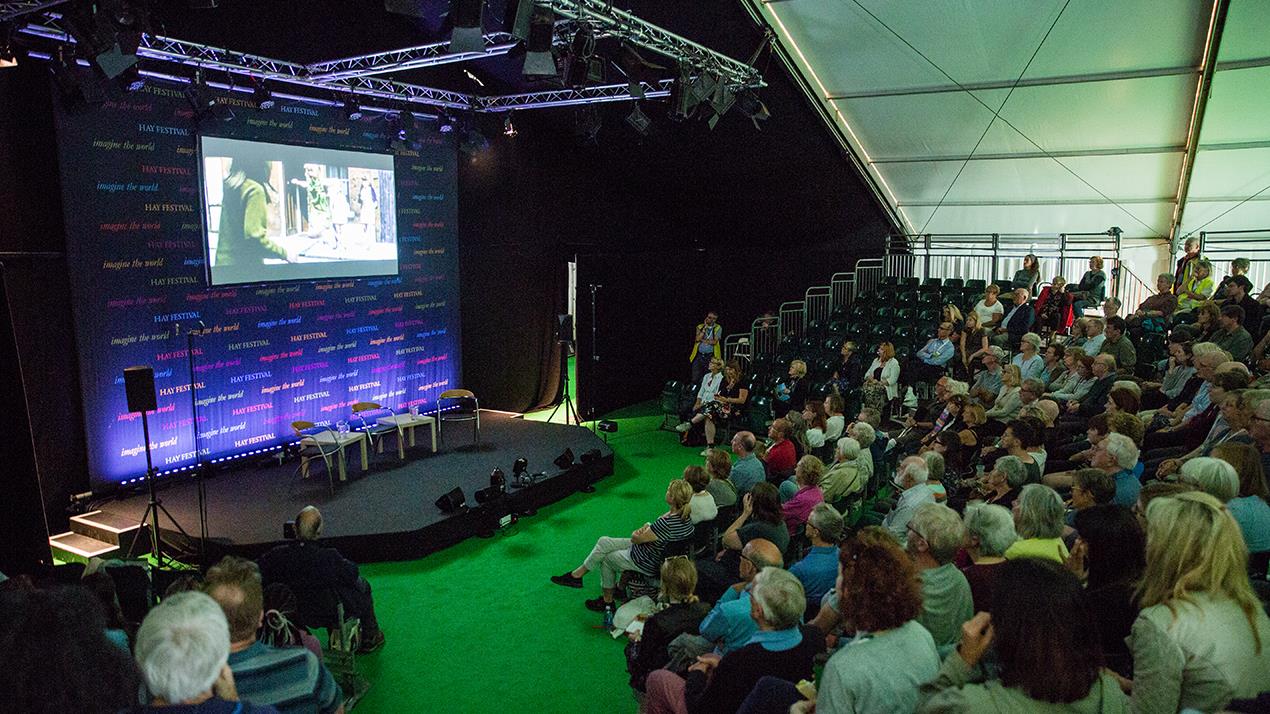
The Life After, the ninety-minute documentary that looks into previously untold stories from Northern Ireland between 1968 to 1998, weaves five personal stories together. The voiceover intones, “Behind each headline is a broken heart; behind each story there is a mother." It’s a poetic response to war, loss, suffering, pain and its aftermath. Going from a series of colour clips of riots in 1969 to pictures of Lansdowne Road in 1994 following the murder of John Joseph Molloy, it charts the lives of those affected by the thirty years of war.
“What is involved after the last bomb goes off?” asks the voiceover, “Someone has to think of the long story clearing up.” In fact, what Hill and Kennedy deal with is those left behind. The film treats the subject of suicide, alcoholism, violence and death in pockets of verse written by the Irish poet Nick Laird.
Despite its complex context, it’s a film that subtly manages to bypass the minutiae of the politics in order to shine the light on the collateral damage. “Justice doesn’t rhyme with peace so, no, you can’t have both,” says the voiceover. “There’s not a family in Northern Ireland that hasn’t got issues,” says Sharon Austen, the sister of murdered Leonard Winston Cross. The subtitles read: 3,532 were killed and 47,541 were injured in The Troubles.
For the audience at Hay today, this was not an easy film to watch. And yet, an element of hope shines through in the determination of the families to tell the stories of the loved ones they so tragically lost. “No one is forgotten anymore,” the verse reads.
If you missed this event, you might like event number 457, Telling The Story of Syria: City of Ghosts at 5.30pm, on Sunday 3 June